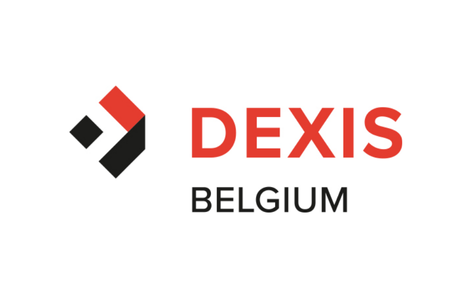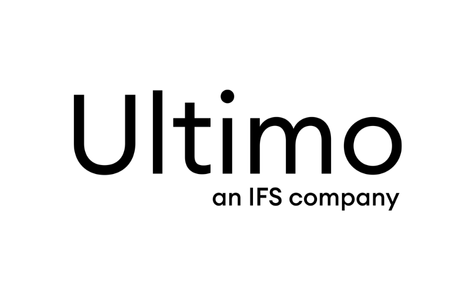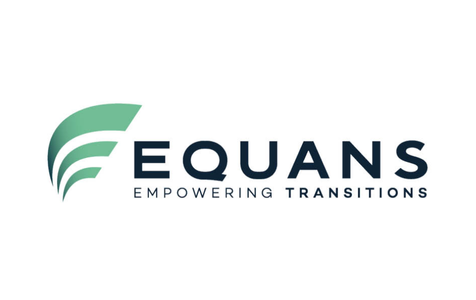Getting started with asset-based skill and competence management of your technicians
During this training you will get the knowledge and techniques to develop a good competence management in your company. Because only by adopting a well-considered approach, you get the most out of your human resources, while ensuring that staff satisfaction is maximised.

Do you know the difference between qualifications, competences and talents? Does your company have a planned and structured approach to the skills and competences of each (technical) employee?
During this training you will get the knowledge and techniques to develop a good competence management in your company. Because only by adopting a well-considered approach can you get the most out of your human resources, while ensuring that staff satisfaction is maximised.
The training is spread over four mornings with a week in between. This way, you can apply the insights in your company to a concrete case.
Learning objectives
- Create a technical competence dictionary
- Make connections between competencies and assets, qualifications and trainings
- Make one or more profiles yourself
- Make standards for self-made profiles
- Master the do's and dont's of evaluating the competences of employees
- Be able to make an analysis of the competences of an employee and a team
- Know how to draw conclusions and which actions to link to them
- Draw up, implement and follow up a personal training plan
Programma
Aspects of Asset Based Competence Management
- Assets
- Which assets can be maintained?
- Which are not?
- In- vs. outsourcing
- Competencies
- Which competencies are needed?
- In the whole team
- Per team
- Who has which competencies
- Are the competences sufficiently present in the team?
- And are they present in each team?
- How do we ensure that competencies are built up?
- Trainings
- Workplace learning
- Coaching
- How do we ensure that competencies are maintained?
- How to evaluate competences?
- What is the link with training? And where does the link stop?
- How do you link assets to competences?
- The dangerous link with functions and remuneration
- Which competencies are needed?
- Qualifications
- What qualifications are needed?
- Welfare law
- AREI
- Insight into your company's assets and asset risks
- Time-related aspects of qualifications
Practical approach with the help of TaCoMa
- Building a dictionary - and maintaining it
- Profiling - which strategy?
- Standardising profiles - a realistic view
- Evaluating employees
- Do’s and dont’s
- Strong together
- Analysing competencies
- Individually
- In the team
- Making an action plan
- PDCA cycle
- Never ending story
- What about staff leaving?
- Retirement
- Exit employee
- Who are you looking for and how do you sell it to HR?
- Inbedding in a performance system
- How to approach this?
Exercices & TaCoMa tool
Participants receive a licence to use the BEMAS TaCoMa tool, included in the participation fee. TaCoMa stands for TAlent and COmpetence MAnagement. The tool already contains a standard technical competency dictionary which can be supplemented and/or replaced with company-specific competencies.
The BEMAS TaCoMa-tool is used intensively during the training to show how you can map the competences of your employees in a technical environment. It is built on the basis of digital templates in Microsoft Excel.
After the training the participants can continue to use the tool and its contents free of charge within their own company for a period of 2 years.

About the trainer
Christophe Dhaenens has a technical background and started his career in the electronics and automotive industry. For more than 17 years he then worked for Syntra as training coordinator for technical professions, sector coordinator for industry and project coordinator for HR Services. Since 2010 he has been working for Fluvius in the field of HR, training and skill and competence management. He also started the company D-INC which supports companies in the field of Learning & Development and Talent & Competence Management.
Whom is this training for?
Everyone who is responsible for competence management in a technical environment: Maintenance Managers; Team Leaders; HR Managers; ... Familiarity with the basic principles of asset management is assumed.






